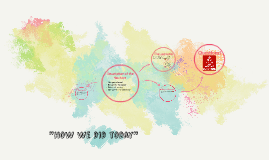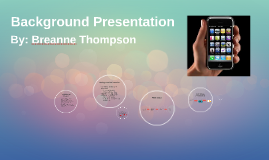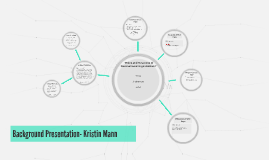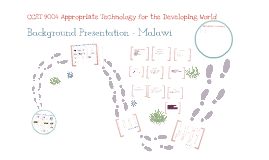Brazil Background Report
Transcript: Name of capital: Brasilia Gross Domestic Product: $2,000,000,000,000 Political Systems Birth Rate: 17.48 per 1000 Economy Percent Population in Manufacturing: Per Capita Income: $4,600 Brazil Population Pyramid Gross National Product: $2,140,000,000,000 Elevation: Lowest location: Amazon Basin. 300 ft. 0.057 mi Highest location: Pico de Neblina. 9,823 ft. 1.86 mi Area: 3,300,154 sq. mi. 8,547,360 sq. km. Dominant Languege(s): Portuguese- official language Population: 205,716,890 Major Mineral Products: produced 70 mineral commodities—21 metal, 45 industrial, and 4 fuel Name of country: Brazil Type of Government:Federative Republic-government holds most power and is guided by a constitution. Cultural Enviroment Largest City: Sao Paulo Population:10,009,000 Dominant Ethnic Groups: White-53.7% Mulatto (white mix w/ black)-38.5% Black-6.2% other-.9% Percent Population in Agriculture:20% Basic Information Population Data Brazil Climograph Literacy Rate: 88.6% Life Expectancy: 72.79 years Major Imports: Machinery, electrical equipment, transport equipment, oil Brazil Death Rate: 6.38 per 1000 Major Exports: Coffee, footwear, soybeans, iron ore, transport equipment, sugarcane Physical Enviroment Annual Growth Rate: 1.102% Major Agricultural Products: Sugarcane, coffee, cocoa, soybeans, orange juice Major Physical Features: Largest River: Amazon River Mountain Ranges: none Other: Brazilian Highlands, Amazon Basin, Amazon Rainforest Dominant Religions: Catholic-73.6% Protestants-15.4% Spirutalists-1.3% bantu/voodoo-.3% other-1.8% none-7.4% Second Largest City: Rio de Janeiro Population: 5,613,000 Steel Production in tons/year:31800 Major Political Parties- Brazilian Democratic Movement Party, Progressive Party, Brazilian Social Democracy Party, Workers' Party

















